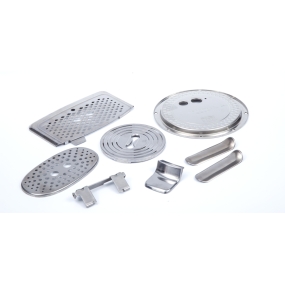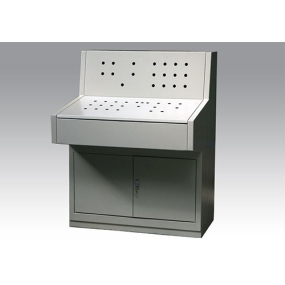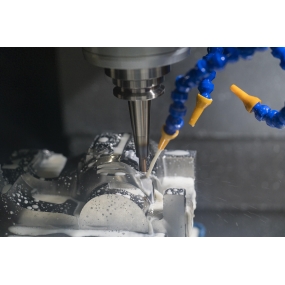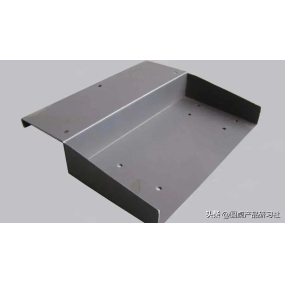Wear is caused by the action of mechanical force, causing the surface material of an object to gradually deform or detach. In tribology (the study of wear, friction, and lubrication), the types of wear that affect materials are typically described using four main wear mechanisms.
Adhesive wear: Wear caused by the adhesion and transfer of particles on the surface of one material to the surface of another material.
Este Abrasius: Este indutus a facie particularum difficilis aut superficiibus difficilis.
Corrosion gerit: The combined effect of wear and corrosion damages the surface of materials. Corrosion vulnerat faciem expositum, et tunc produkti corrosionis a fortibus mecanica dissipati sunt, permittant corrosionem profundum penetrare.
Surface fatigue: Wear caused by cyclic loading, resulting in the formation of microcracks on the surface of materials. Haec microcracks materiae faciem in vestimento "extinguere" faciem faciunt.
Based on which of these wear mechanisms is in an active state, the wear rate experienced by a specific material may significantly increase or decrease depending on its unique material properties. Fertilitate etiam a magnitudine applicationis effecta est, frequenca exposurae, temperatura ambienta et multa alia factore.
Proceduum est vestimentum in qua materia graduam inter tempus dissipantur, resistentia indura graduum in qua produktus aut materia reddit vestimentum. Qualitate importantia est ad extendendum vitam servitutis parterum et produktorum.
Quando multi homines credunt quia difficile materiae est factor clave qui determinat resistentiam suam laborare, etiam difficile influentur a pluribus alteris factoribus complex is. These may include the lubricity, surface roughness, and friction coefficient of the material, depending on the specific situation.
Even the type of wear that affects a material can affect its wear rate, as certain materials are more prone to certain types of wear. Exemplo, materiae quasi fusilium carbonium ordinarius corrosionis plus susceptibus sunt quam alto corrosionis resistentis steelis stainlessus.
Produkt kullanıldığı şekilde de kullanılabilir. Many bearings require clean oil or other suitable lubricants to form a thin film between the bearing and other parts. Si recte manetur, saepe longo tempore utili possunt. Sed nisi ferentia ex materialibus "self-lubricationis" facta fuerint, absque proprientibus lubricantibus ipsos utilizat cito potest facire instrumenta colligi et ferentibus extinguere.
In general, intellectus gerere et lacrima resistentia significat intellegere inter multos factores relationes complexas. But in simple terms, ensuring that your product has enough resistance to sustain its expected lifespan means considering wear and tear from the beginning of design.
Although high-performance and wear-resistant materials can increase the value of final applications, they often make machining more challenging. This means that extra care and attention are required during machining and processing to achieve the desired results without harming the product.


 English
English Spanish
Spanish Arabic
Arabic Portuguese
Portuguese Belarusian
Belarusian Japanese
Japanese Russian
Russian Icelandic
Icelandic Bulgarian
Bulgarian Azerbaijani
Azerbaijani Estonian
Estonian Irish
Irish Polish
Polish Persian
Persian Boolean
Boolean Danish
Danish German
German French
French Filipino
Filipino Finnish
Finnish Korean
Korean Dutch
Dutch Galician
Galician Catalan
Catalan Czech
Czech Croatian
Croatian Latvian
Latvian Romanian
Romanian Maltese
Maltese Malay
Malay Macedonian
Macedonian Norwegian
Norwegian Swedish
Swedish Serbian
Serbian Slovak
Slovak Slovenian
Slovenian Swahili
Swahili Thai
Thai Turkish
Turkish Welsh
Welsh Urdu
Urdu Ukrainian
Ukrainian Greek
Greek Hungarian
Hungarian Italian
Italian Yiddish
Yiddish Indonesian
Indonesian Vietnamese
Vietnamese Haitian Creole
Haitian Creole Spanish Basque
Spanish Basque









